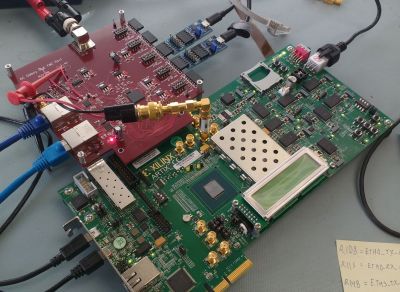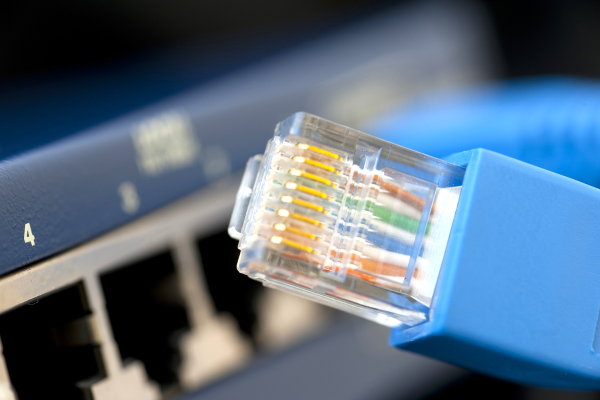If you need to move a lot of data, and fast, Gigabit Ethernet is a great way to do it. However, most network hardware outside of datacenters is fairly space inefficient, a headache if you’re building a robot or drone. Enter the Gigablox, a super-compact Gigabit router for just these applications.
The Gigablox takes its mission seriously, with its compact size the ultimate design goal. The entire switch fits on a tiny 45 mm x 45 mm PCB. To this end, it eschews the common RJ45 connector, which is bulkier than necessary. Instead, thin Molex PicoBlade connectors are used for the five ports on board. Cables are included to convert between the two connectors, and obviously crimping ones own is easy to do, too. For those who need to connect more devices, several Gigablox can be hooked up in the same way as any other Ethernet switch. The Gigablox is a non-blocking switch, too – meaning all five ports can run at full speed simultaneously.
The design is the sequel to the SwitchBlox, and the later SwitchBlox Nano, both designed by [Josh Elijah] earlier this year. The pace of development is impressive, and it’s great to see [Josh] bring Gigabit speeds to the compact form factor. We can imagine a few good uses for these boards; share your best ideas in the comments below! Video after the break.
Continue reading “Tiny Ethernet Routers Now Available In Gigabit Speeds” →
















